Original Kriya Yoga

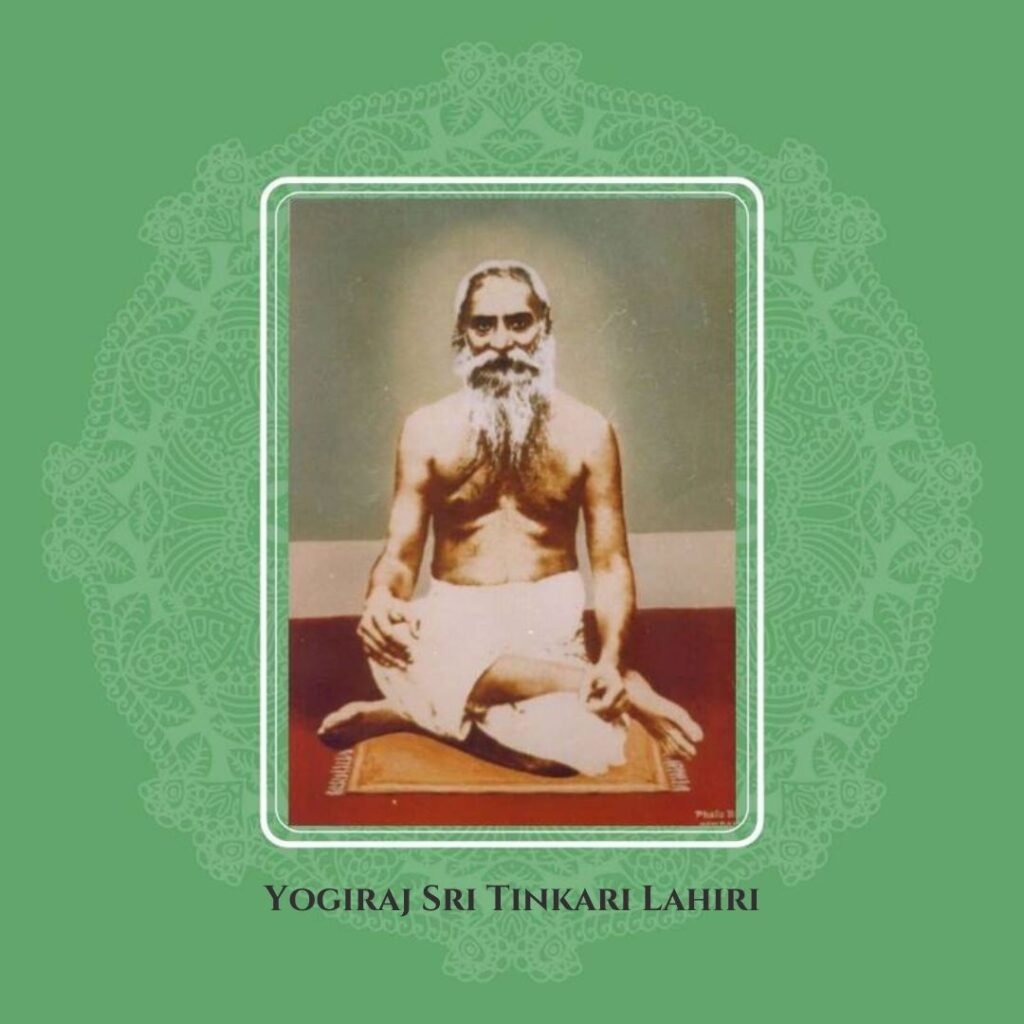
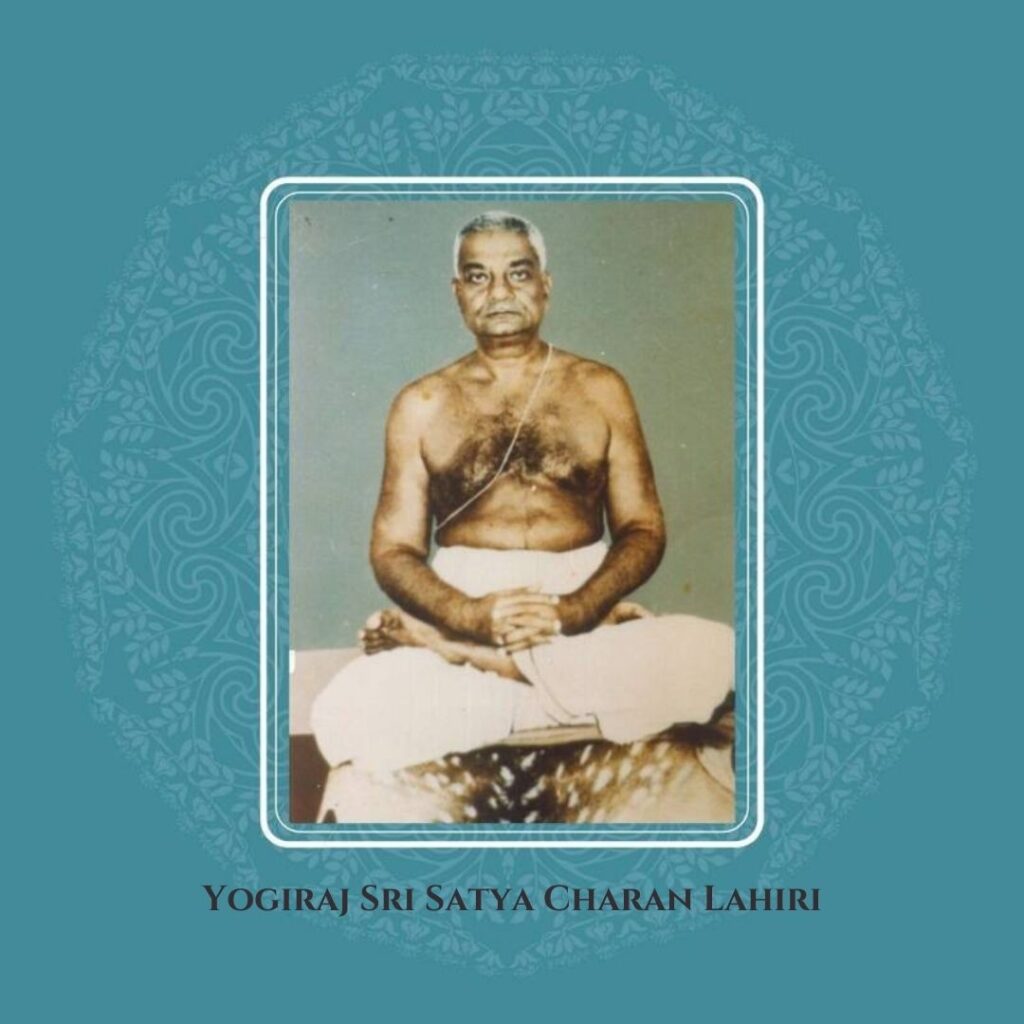
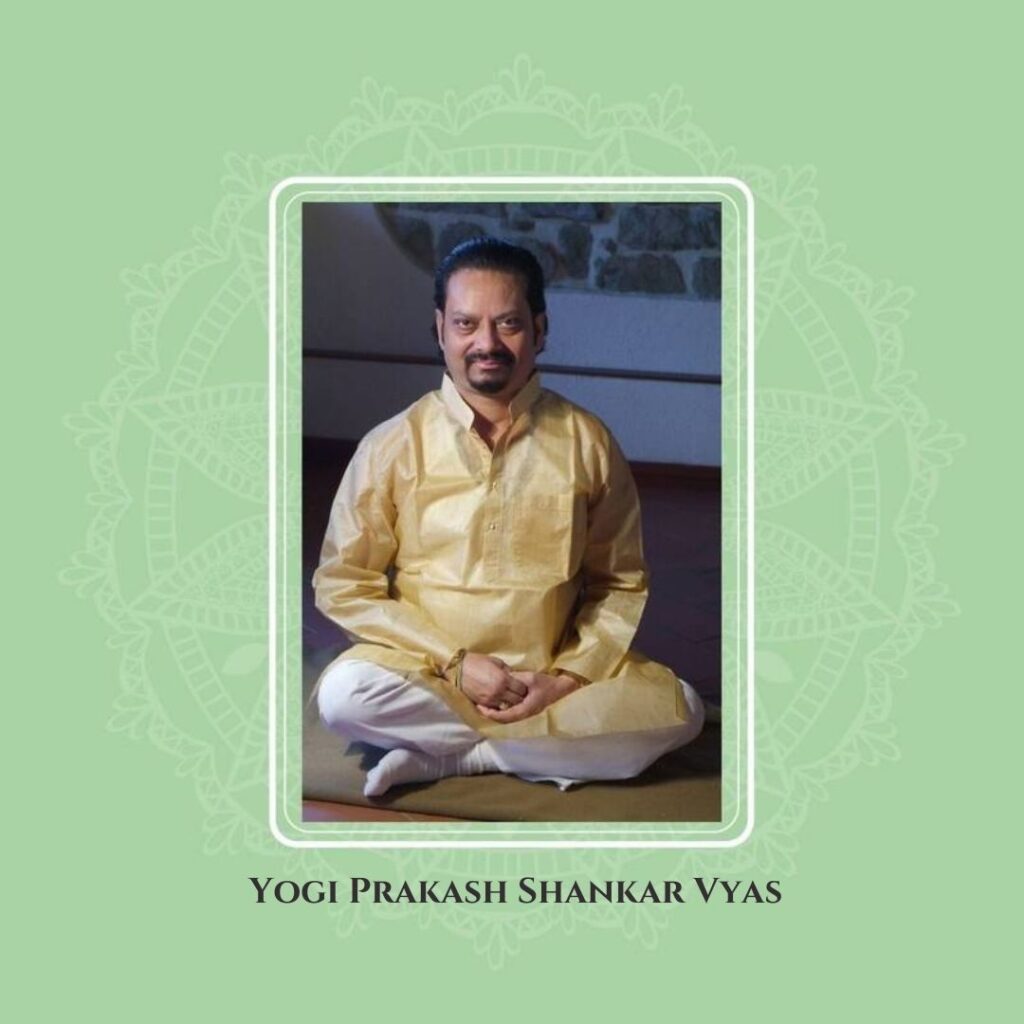
“For self-realisation, it is necessary to have the guidance of a living Guru. Kriya is more than just a technique. The Guru-Disciple relationship is also important in order to grow on the spiritual path.”
– Guruji (Yogi Prakash Shankar Vyas)
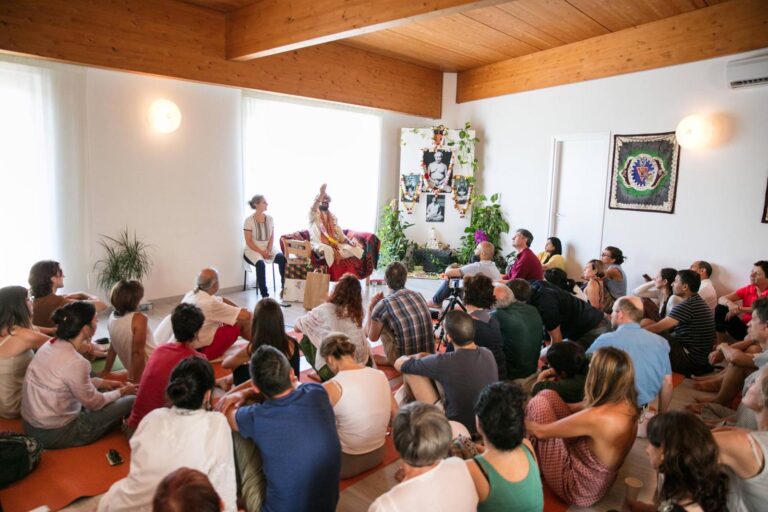
Kriya in the West
Kriya Yoga reached the West with the arrival of Paramahansa Yogananda in 1920, and spread widely through the subsequent publication of Autobiography of a Yogi in the mid-1940s. As a result, Lahiri Mahasaya soon became a household name in yoga circles as the ‘father of Kriya Yoga’, whilst organisations and ashrams, societies and self-elected gurus sprang up world-wide, all purporting to teach the original method.
However, Lahiri Mahasaya’s grandson Satya Charan Lahiri observed as early as the 1950s that Kriya Yoga had been altered beyond recognition in the West. The source of the practice, Lahiri Mahasaya, had become a secondary figure, and the principles he deemed inseparable from Kriya Yoga had been forgotten. Many of the books on Kriya Yoga contained fabricated accounts and exaggerations.

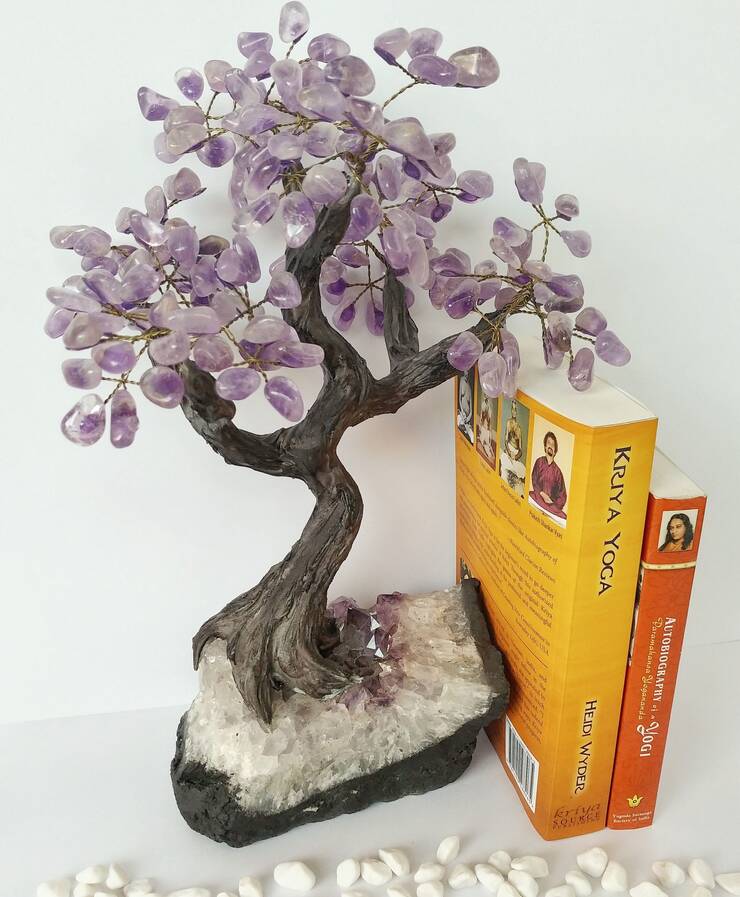
Authorised Masters
Since Satya Charan Lahiri passed the authority to initiate the meditation technique out of the family to his most advanced disciple Yogi Prakash Shankar Vyas (Guruji) in 1985, Kriya Yoga practitioners visiting Varanasi from the West have heightened Guruji’s own awareness of changes and omissions to Kriya Yoga.
“Unfortunately”, he says, “these people have received an incomplete technique: despite sincere efforts; they are trying to unlock a door without having the right key.”
Due to this continuing crisis facing the authentic and scientific Kriya Yoga, Guruji entrusted Wyder with the task of writing Kriya Yoga: Four Spiritual Masters and a Beginner. He wanted there to be a book on the market whereby spiritual seekers would be able to recognise the much sought-after meditation technique in its original form as given by Lahiri Mahasaya. It reminds seekers of the importance of having a living spiritual master on this path.
In Kriya Yoga, the original Kriya Yoga may be found and recognised. An entire chapter is dedicated to the yogic method in which questions are answered such as:
- What is Kriya Yoga?
- What are the benefits of Kriya Yoga?
- What are the secrets behind levitation and walking on water?
- What is the connection between respiration and mind?
- Why is Kriya Yoga referred to as a ‘scientific’ technique?
- How exactly has Kriya Yoga been altered since it arrived in the West?
- How can I recognise the original method and principles of Kriya Yoga?
- Why can Kriya Yoga not be learned from a book alone?
PLUS: Yogic terms are explained including:
- PRANA AND PRANAYAMA (Cosmic Energy and how we can tap into it ourselves)
- THE CHAKRAS (the seven energy centres in the human body located at points along the spine)
- KUNDALINI (the dormant, latent power in man which lies coiled up at the root chakra)
- KUTASTHA (also referred to as ‘the Third Eye’ or ‘the Spiritual Eye’)
- SUSHUMNA (for yogis, the key to rendering external breathing unnecessary – victory over death itself)
- SAMADHI (otherwise referred to as ‘super-consciousness’)
“Samadhi is beyond reason, beyond the intellect and beyond the workings of mind. It is a question of practice, not theory, and therefore it is impossible to philosophise on the subject.
However, the reality and existence of this state, which is scientifically attainable through Kriya Yoga, has produced spiritual masters, saints and prophets throughout every age: and their experiences of super-consciousness formed the foundations upon which the major religions of the world were built.”
extract from Kriya Yoga, Four Spiritual Masters and a Beginner
Can I learn Kriya from a book?
These days, you can find books claiming to disclose the full method of practice, whose authors who insist the guidance of a self-realised teacher is not necessary. However, if you choose to learn Kriya from a book written by someone who is not self-realised, you are effectively accepting that person as your guru. It is a matter of personal choice; or as Guruji says, “You get a Guru according to your own nature.”
If you planned to scale Mount Everest, you would take a experienced guide who knows all the techniques, can advise if you are ready for the next base camp, and point out the pitfalls. As the path of the Masters, Kriya Yoga is not so different – if you want to succeed.
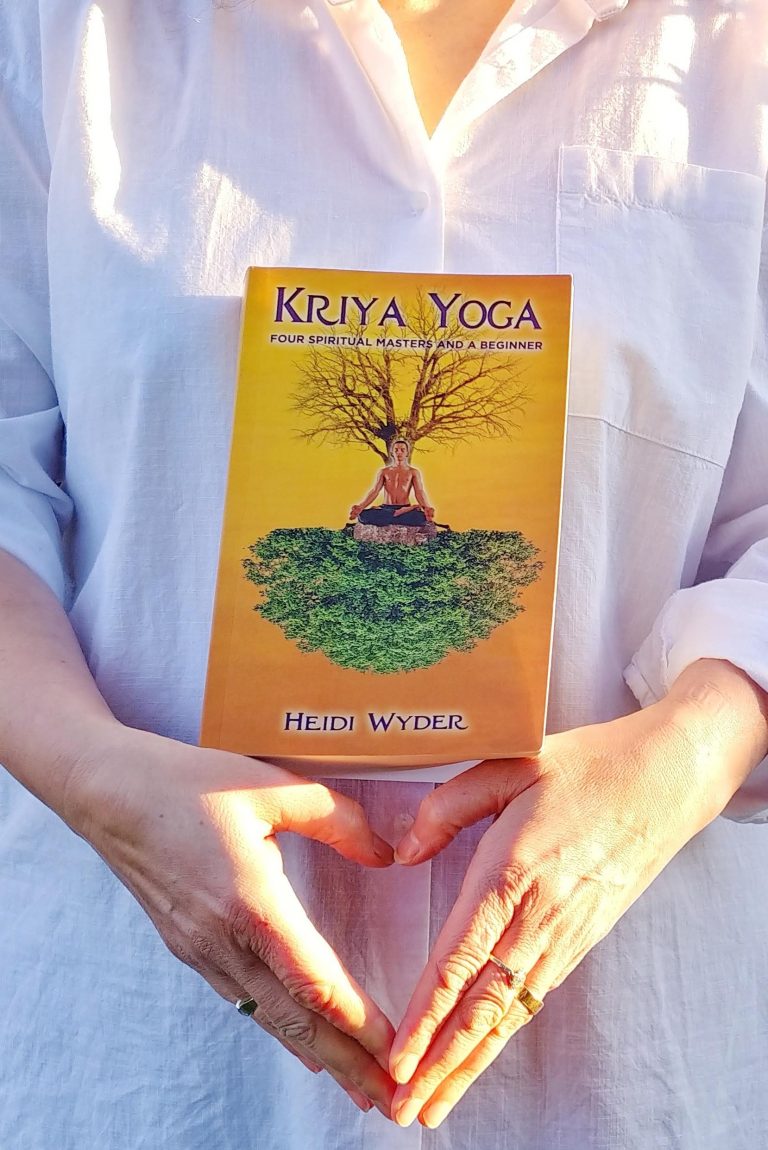

The Guru-Disciple Relationship
Likewise, the original Kriya Yoga as taught by Lahiri Mahasaya is a highly complex meditation technique which, being a scientific method, was never meant to be learned from a book.
The various ‘limbs’ of the method have to be practised and polished under the guidance of a teacher. Correction is essential for progress. The teacher’s role is also to judge when a disciple is ready to advance in practice, and to provide the next step.
It is very rare indeed that a book is sufficient to make a master in any field, and Kriya Yoga is no exception. As the path of the spiritual masters, it has always been passed on personally from self-realised spiritual master to chosen disciple. Another reason for the Guru-disciple tradition is the fact that the self-realised Guru is aware of the disciple’s previous lives and karma, which determine inner readiness for this path. Not everybody can be initiated. The timing of initiation is also of prime importance, which can only be stipulated by an authorised master. This subject is dealt with in more depth in Kriya Yoga. In short, there are plenty of reasons why you should be under the direct guidance of a Satguru in order to practice, not least for your own protection.
“Many people are claiming supremacy in Kriya Yoga.
They create and run organisations and want to control people’s minds.
They have collected large groups of people – but the truth is missing in that.
With all these things, you cannot realise Absolute Truth.”
– Guruji (Yogi Prakash Shankar Vyas)

